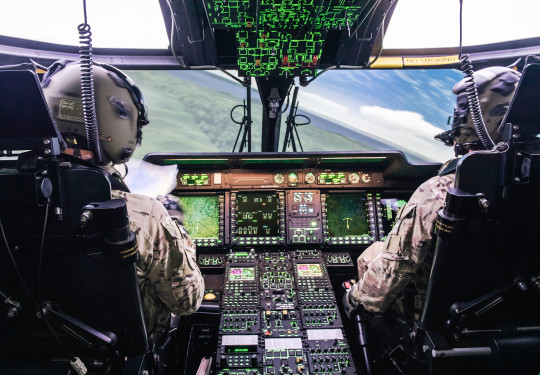Simulated reality in exercise
The Royal New Zealand Air Force's No. 3 Squadron’s latest exercise had crews called to support a fictional South Pacific nation’s election.
23 June, 2022
Based north of Waiouru, aircrews faced scenarios of armed hostile locals stationed on the disputed border with another nation, and a mass casualty event.
The start of the exercise kicked off with aircrew using the NH90 simulator in a way it had never been used before in a tactical exercise.
Although No. 3 Squadron aircrew are often exposed to challenging and complicated missions in the simulator, this time the simulator missions are designed to fit seamlessly into the exercise.
In the simulated environment, the aircrew flew over a conflict-ridden nation where armed militia were scattered along the border firing bullets and missiles at the helicopter as it patrolled the area.
Pilots were tested in the dangerous environment, moving quickly out of range of gunfire and banking sharply as warnings of approaching missiles came through over their headsets.
Watching the training through screens in the control room and as a storm raged outside, Squadron Leader (SQNLDR) George McInnes said the technology could set the scene and shape the scenario without having to worry about things like the weather.
“And I guess we can push the pilots and the crew a lot further than we could in the aircraft with seeing different weapon systems’ set-up and higher-level tactical scenarios than we would otherwise.”
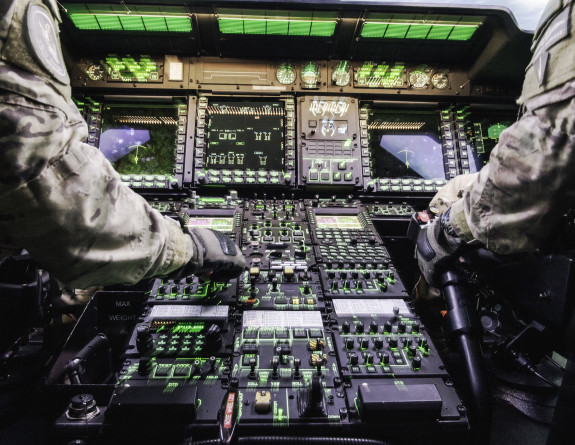
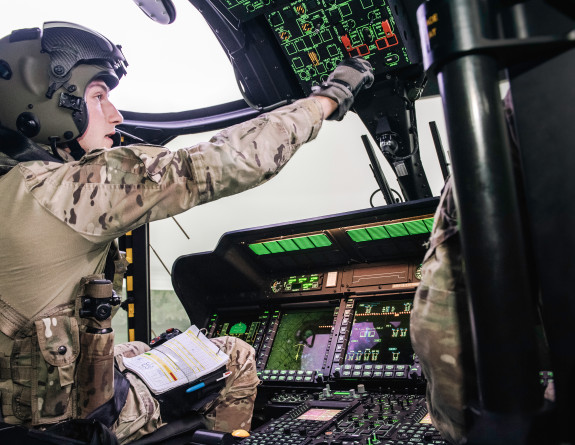
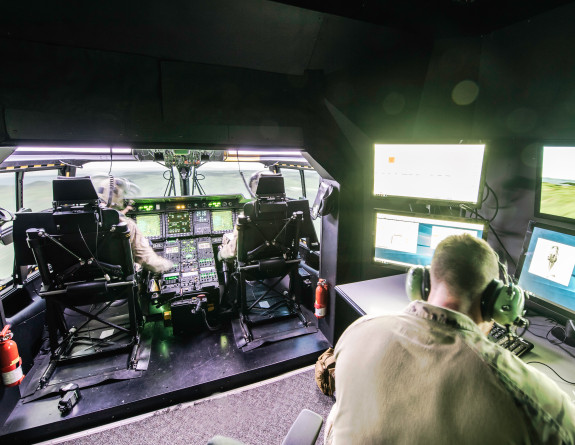
The No. 3 Squadron NH90 simulator at Base Ohakea
While training in a real helicopter it is impossible to practise a scenario like having the tail rotor destroyed in flight, he said.
“We can crash land the simulator all day and we’re not going to hurt ourselves – which is a big reason why we use it. But also, for this simulation for the tactical scenario, it enables us to be able to push a bit further than we would otherwise.”
All of New Zealand has been programmed into the graphics, but the central North Island is in high detail – especially the local area around Ohakea and Waiouru.
“It’s especially hard to tell that the graphics are not real during night flying training as the lights are particularly realistic. It’s exactly the same.”
SQNLDR Sam Estall said it was a “major advantage” to have the NH90 simulator at Ohakea and were able to actively integrate it into the exercise, which was No. 3 Squadron’s annual battlefield support readiness activity.
“We will be using the simulator mainly to conduct training related to the NH90’s self-protection systems.
“Earlier in the year we conducted live flare firing as part of Exercise Winchester. For this exercise we are using the sim to ensure that our aircrew know how the onboard systems actually respond to various types of threat systems that may be directed towards the aircraft.”
By plugging the simulator missions into the exercise, the same overall scenario that the crews are flying with are used, SQNLDR Estall said.
“Each sim flight will fit into the wider exercise scenario as if it was a routine battlefield support task conducted in the real aircraft.”
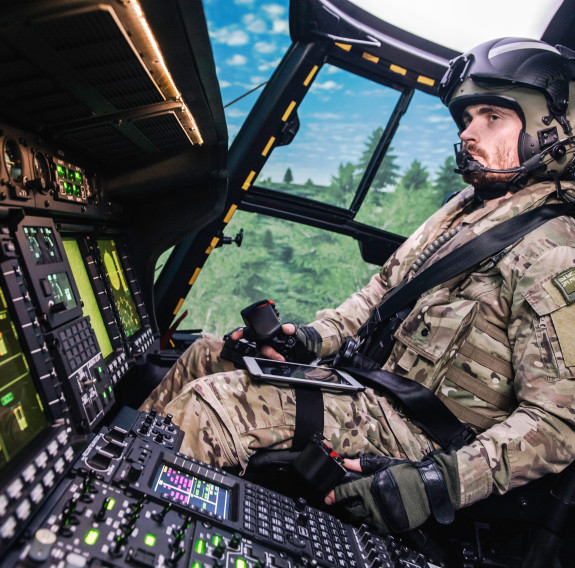
A member of the Royal New Zealand Air Force's No. 3 Squadron in the NH90 simulator
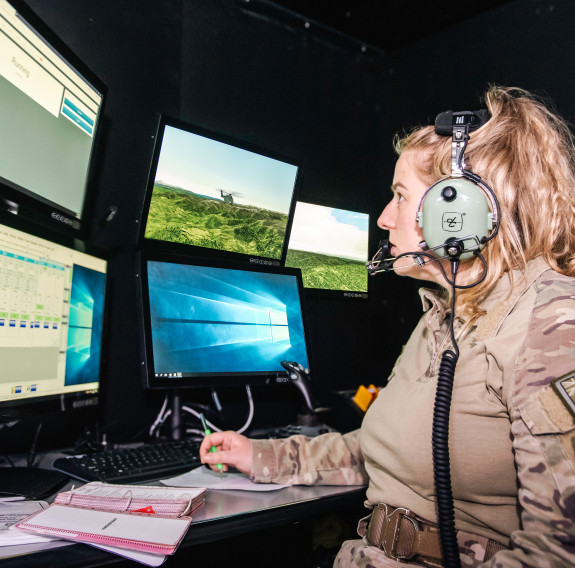
A member of the Royal New Zealand Air Force's No. 3 Squadron in the NH90 simulator control area.
After each simulator mission, the crews will debrief with the No. 230 Squadron integrated mission support team. The information that they provide about the various threats encountered will help the intelligence team to build a picture of the threat to air operations in the area of operations, just like what would happen on a real deployed operation, he said.
“Crews will then use the analysis provided to them by the No. 230 Squadron team to make tactical decisions about how to fly missions in the real aircraft during the remainder of the exercise.”
In addition to the self-protection aspect, the simulator missions give the instructors the opportunity to carefully control the weather and introduce aircraft system failures or emergencies to further test the aircrew decision-making, SQNLDR Estall said.
“In future, we will probably continue to actively integrate the sim into our squadron exercises.
“While the simulator is not a substitute for the real aircraft, it allows us to do things that would be too dangerous or impractical to train in the real world. By using it innovatively we can make best use of our time in the real aircraft.”
